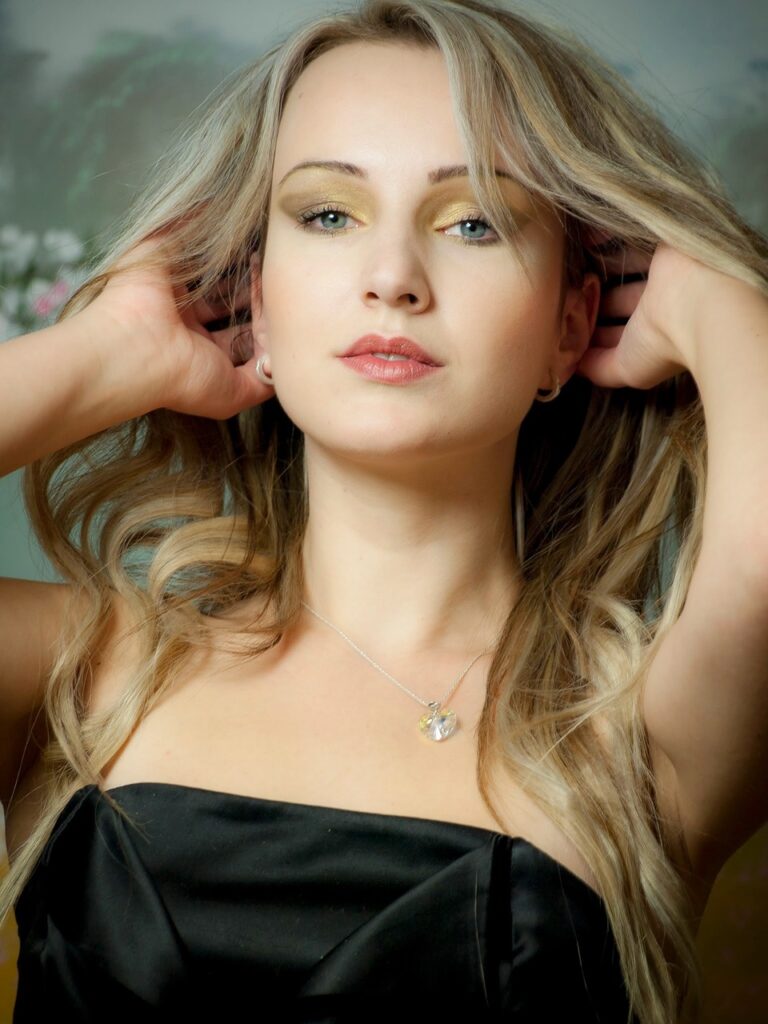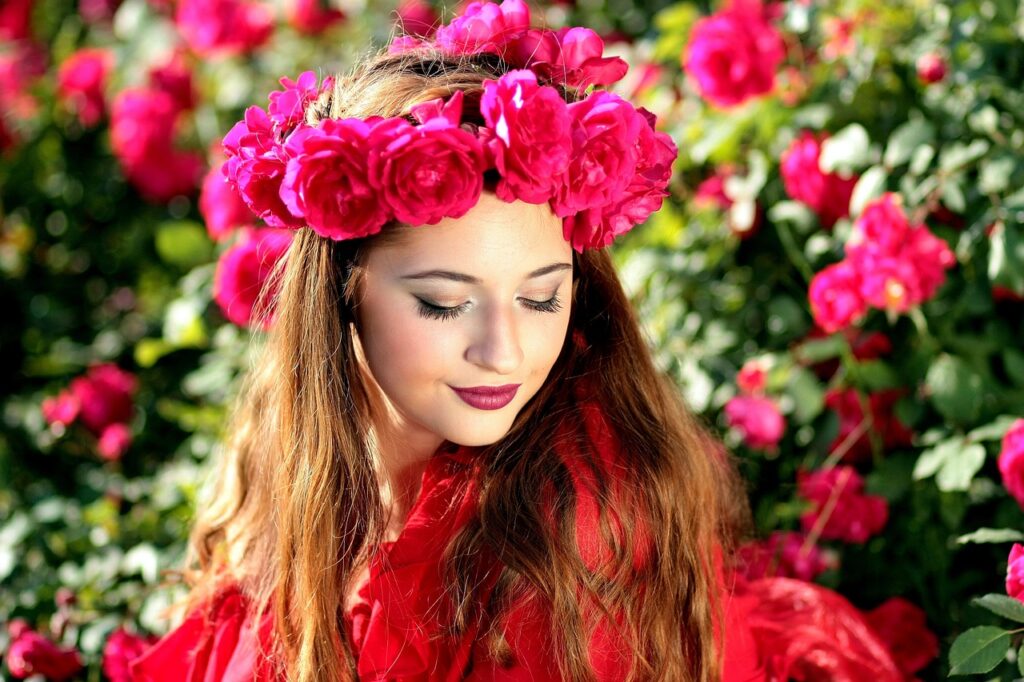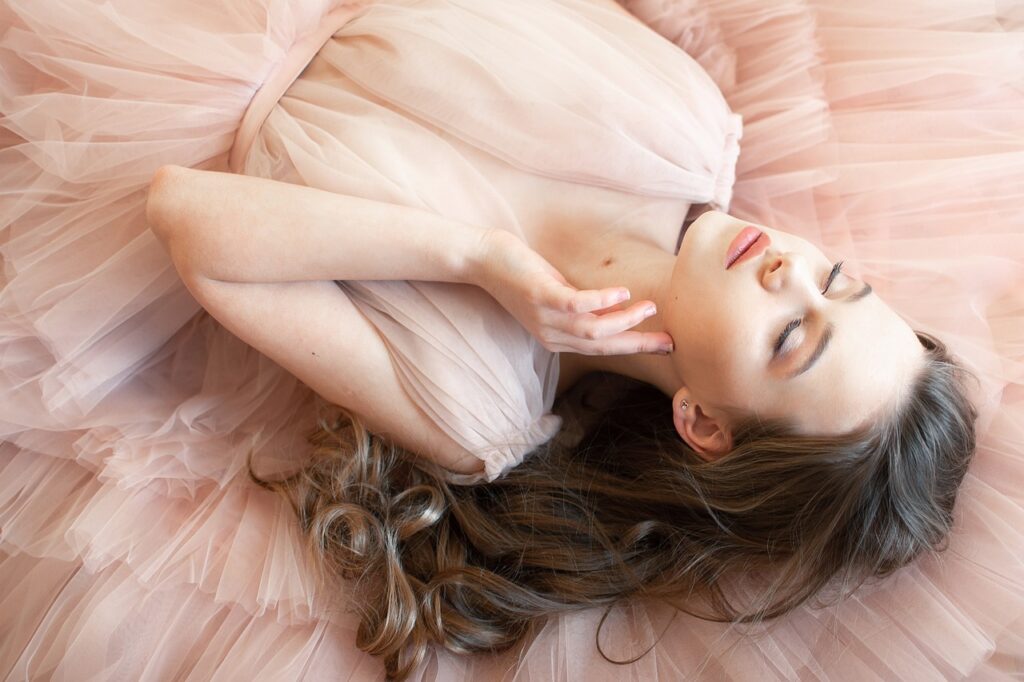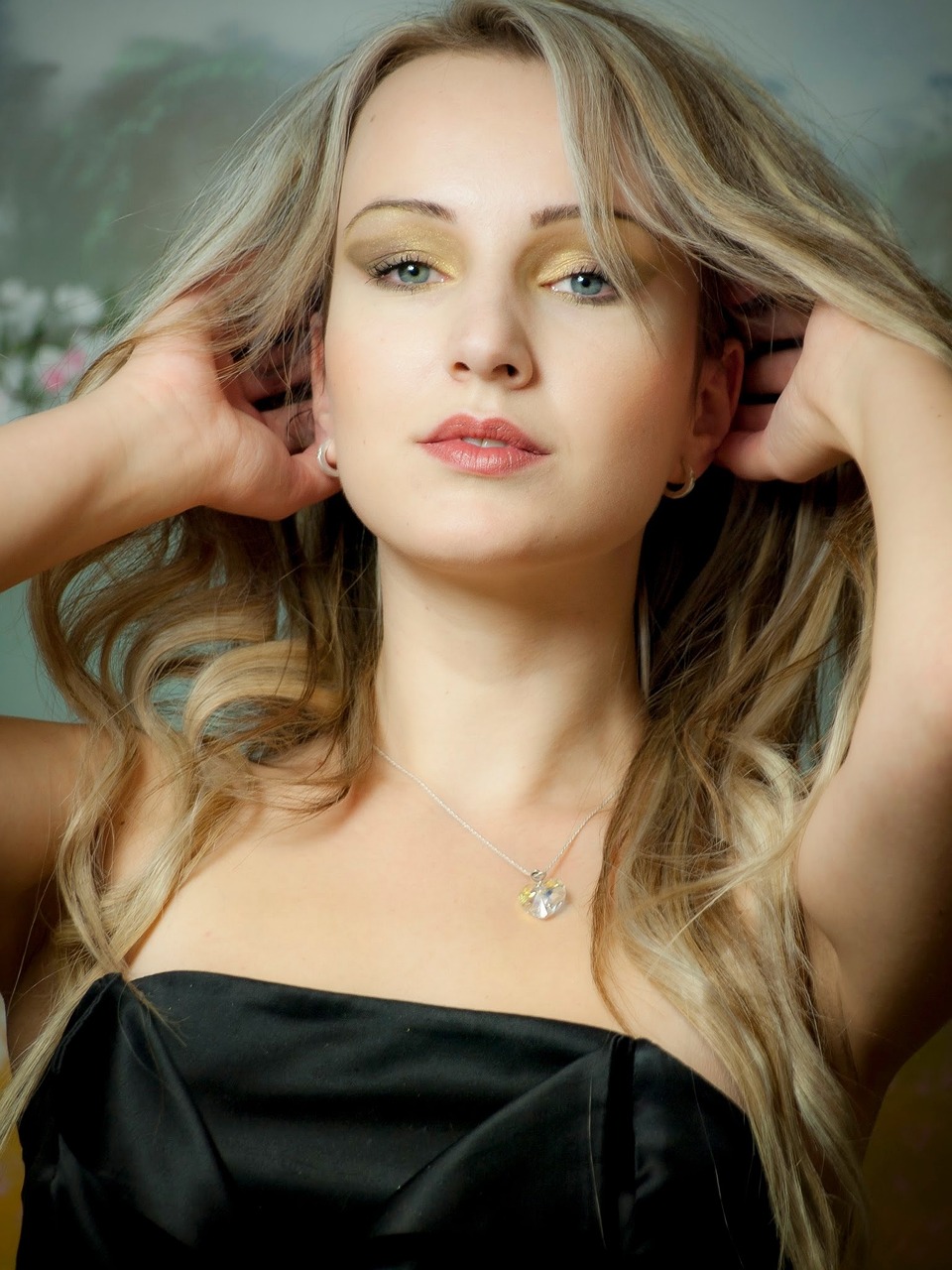Have you Heard of the Butterfly Lighting Technique?
If you’re new to the world of photography, chances are you may have come across the term “butterfly lighting technique.” But what exactly is it? How can you use this technique to enhance your photographs? In this article, we will delve into the ins and outs of the butterfly lighting technique, explain how it works, and provide tips on how you can incorporate it into your photography practice.

Understanding Lighting Techniques in Photography
Before we dive into the specifics of the butterfly lighting technique, it’s essential to understand the role that lighting plays in photography. Lighting is one of the most critical elements in creating stunning images. It can set the mood, highlight certain features, and add dimension to your subjects. Whether you’re shooting portraits, landscapes, or still life, understanding lighting techniques can take your photography to the next level.
What is the Butterfly Lighting Technique?
The butterfly lighting technique is a popular lighting setup used primarily in portrait photography. This technique involves positioning the main light source above the subject’s face, slightly out of direct alignment with the camera. When done correctly, the resulting light creates a small, butterfly-shaped shadow under the subject’s nose, hence the name “butterfly lighting.”

Creating the Butterfly Effect: How It Works
To achieve the butterfly lighting effect, you will need a key light source (such as a softbox or umbrella) positioned slightly above and in front of your subject. The light should be directed downwards at a 45-degree angle to create soft, flattering shadows on the face. The key light should also be large and diffused to create even, soft lighting across the subject’s features.

Tips for Using the Butterfly Lighting Technique
Now that you understand the basics of the butterfly lighting technique let’s discuss some tips on how to use it effectively in your photography:
-
Position the Light Source Carefully: Experiment with the placement of your key light to get the desired butterfly-shaped shadow under the subject’s nose. A slight adjustment in the angle can make a significant difference in the final result.
-
Use a Reflector for Fill Light: To fill in shadows and create a more even lighting effect, consider using a reflector or bounce card to bounce light back onto the subject’s face. This can help reduce harsh shadows and create a more flattering look.
-
Adjust the Intensity of the Light: Depending on the look you want to achieve, you can adjust the intensity of the key light to create different effects. A brighter light source will create more defined shadows, while a softer light will produce a more gentle, diffused effect.

Butterfly Lighting Versus Other Techniques
While the butterfly lighting technique is a popular choice for portrait photography, there are other lighting techniques worth exploring:
-
Rembrandt Lighting: Named after the famous painter, Rembrandt lighting involves creating a triangle-shaped light pattern on one side of the subject’s face. This technique is known for its dramatic and moody look and is achieved by positioning the key light to the side of the subject’s face.
-
Loop Lighting: Loop lighting is another common lighting setup where the main light source is positioned slightly to the side and above the subject’s face. This technique creates a small loop-shaped shadow on the cheek opposite the light source and is often used for more natural-looking portraits.

Conclusion: Enhancing Your Photography with Butterfly Lighting
In conclusion, the butterfly lighting technique is a versatile and effective lighting setup that can add depth and dimension to your portraits. By understanding the principles behind this lighting technique and experimenting with different setups, you can create stunning images that capture the beauty of your subjects. Remember to practice, be patient, and most importantly, have fun with your photography journey!

Comments are closed